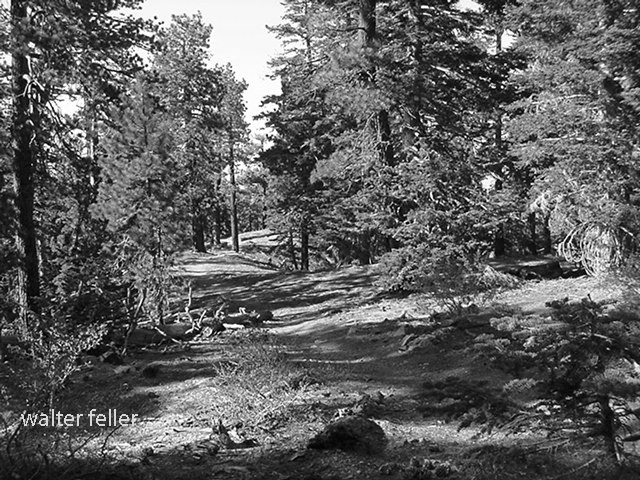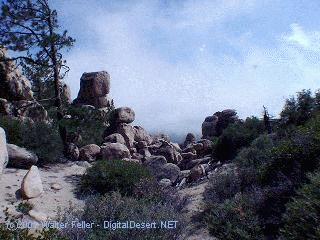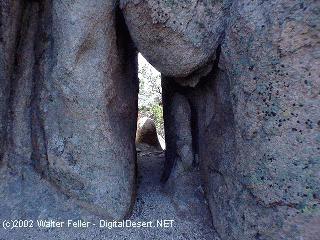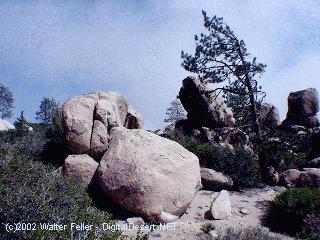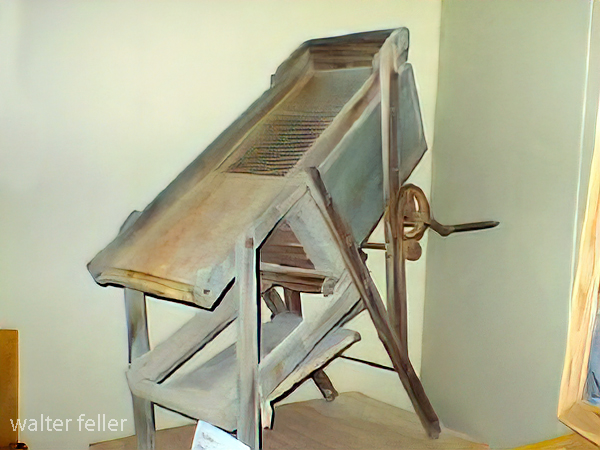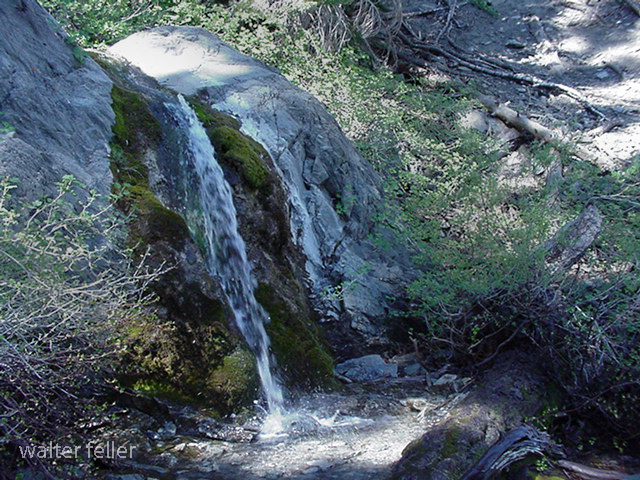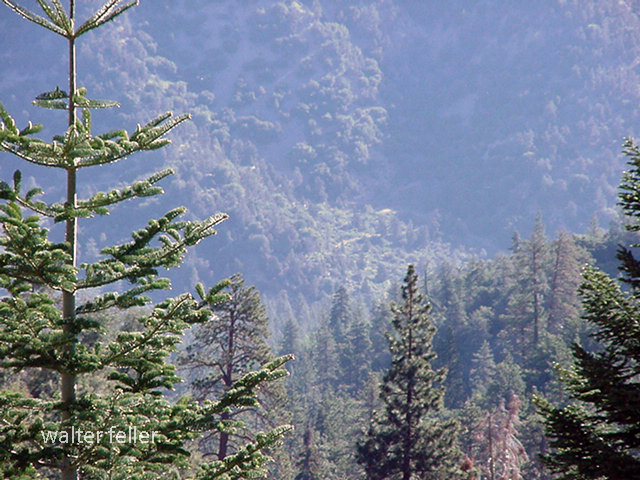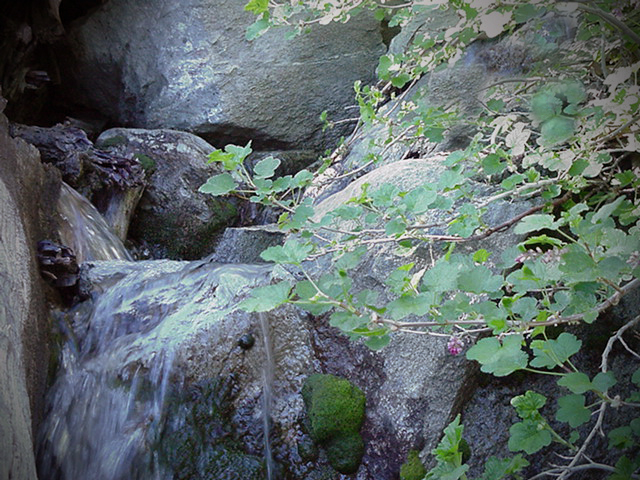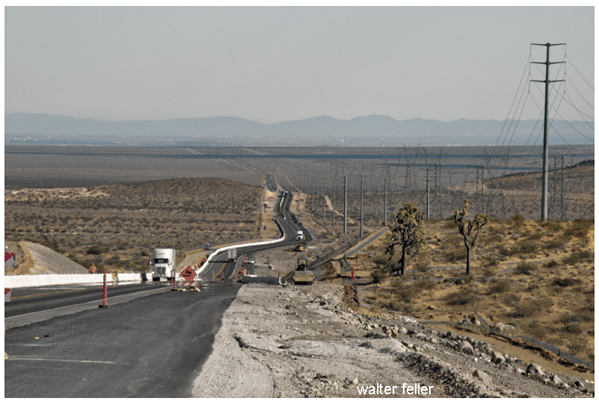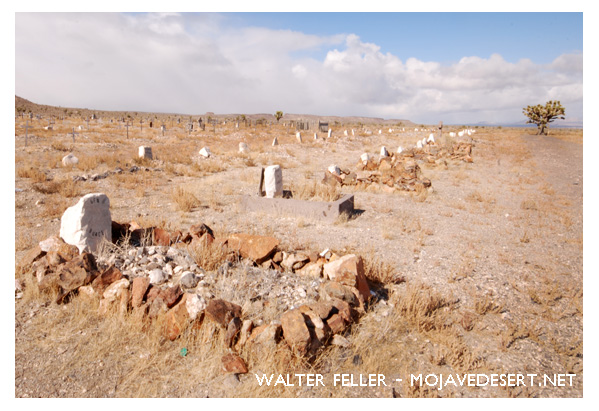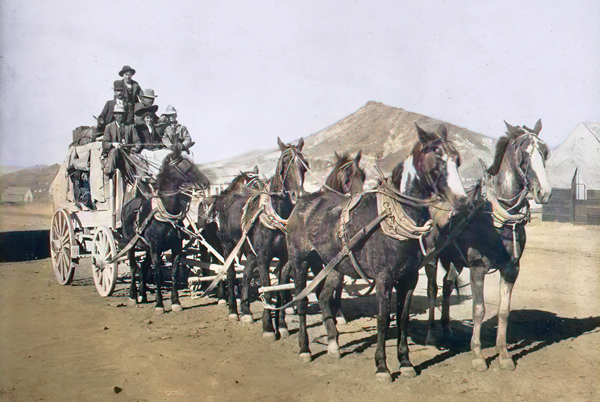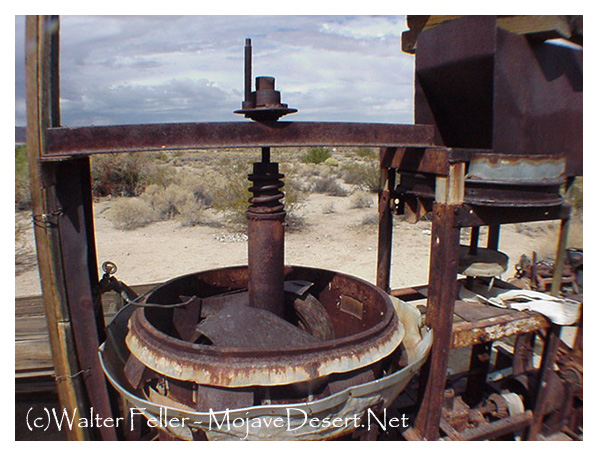Bodie Ghost Town is not only known for its well-preserved historical buildings but also for its legends and stories that have contributed to its reputation as a haunted and mysterious place.
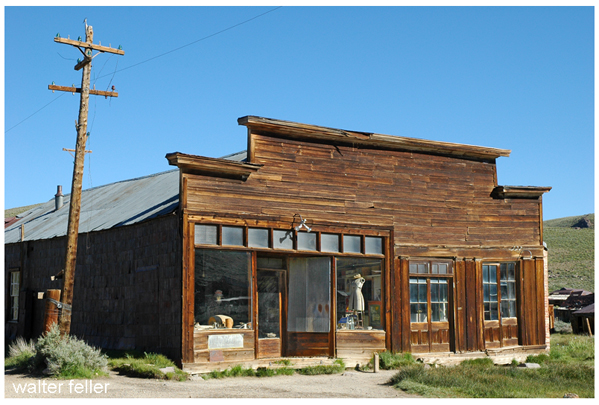
Here are some of the legends associated with Bodie:
- The Curse of Bodie: One of the most famous legends surrounding Bodie is the supposed curse that befalls anyone who removes items or artifacts from the town. According to the legend, those who take something from Bodie will suffer bad luck until they return the item. As a result, many people who have taken souvenirs from the town have mailed them back, claiming misfortune.
- The Ghosts of Bodie: Bodie is often considered one of the most haunted places in California. Visitors and park rangers have reported numerous ghostly sightings and unexplained phenomena. Some claim to have seen apparitions of former residents heard disembodied voices or witnessed strange lights in the windows of abandoned buildings.
- The Jinxed Bodie Gold Nugget: Legend states that a large gold nugget was found in Bodie in the late 1800s. The nugget was said to be cursed, and those who possessed it met with misfortune or tragedy. Some believe the nugget was eventually returned to Bodie to lift the curse.
- The Murder of Cain and Kenner: Two brothers, Cain and Kenner, were involved in a bitter dispute over a mining claim in Bodie. The feud escalated, leading to the murder of both brothers. It is said that their spirits still haunt the town, and some visitors claim to have heard the sound of gunshots echoing in the distance.
- The Lady in White: A popular ghost story involves the “Lady in White,” who is said to roam the streets of Bodie at night. According to the legend, she appears as a woman in a white dress, often near the cemetery. Her identity and the circumstances of her death remain a mystery.
- The Bodie Fire Curse: Bodie experienced several destructive fires during its history, including a massive blaze in 1932 that devastated much of the town. Some believe these fires resulted from a curse placed on the town due to its wild and lawless reputation during its heyday.
- The Phantom Miner: There have been reports of a phantom miner wandering the hills around Bodie. This spectral figure is often described as a miner with a pickaxe and a lantern, continuing his work in the afterlife.
It’s important to note that these legends are part of the folklore and mystique surrounding Bodie Ghost Town. While they add to the town’s allure, they are not verified historical facts. Nonetheless, they contribute to the intrigue and mystique of Bodie, making it a captivating destination for those interested in history and the supernatural. Visitors can enjoy these stories while exploring the well-preserved remnants of the past in this iconic ghost town.
